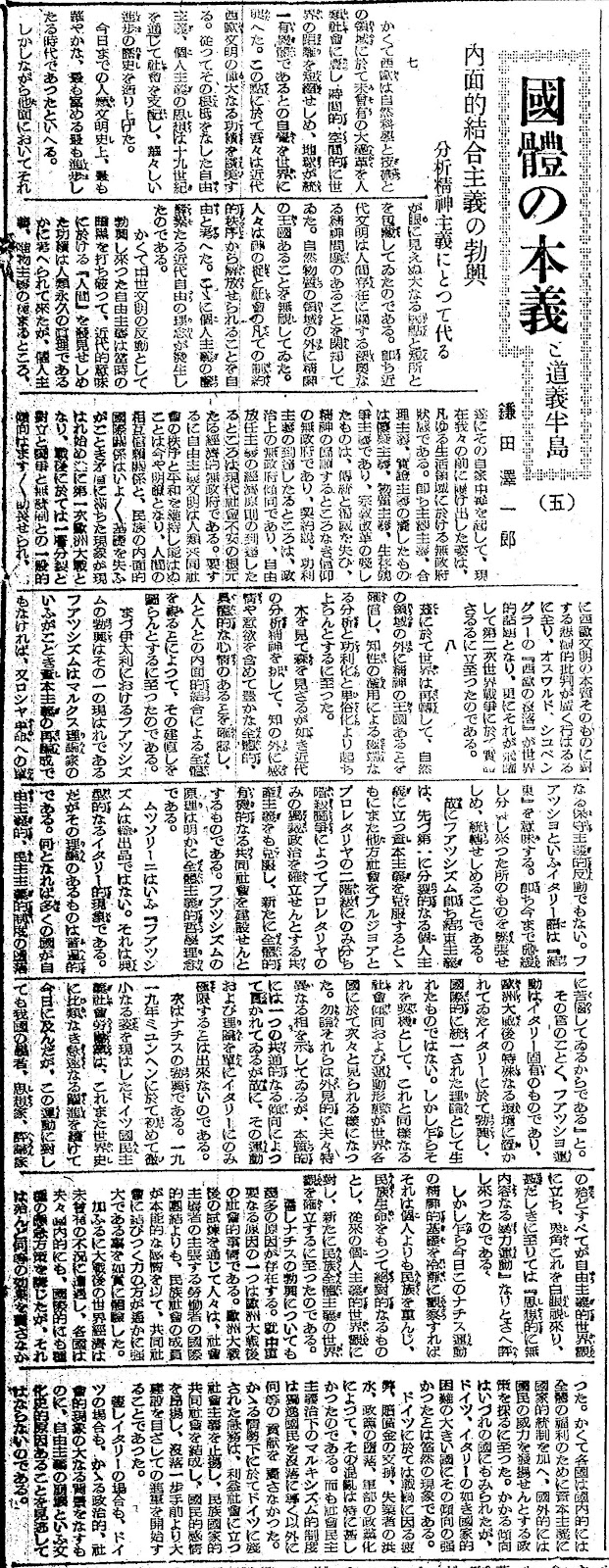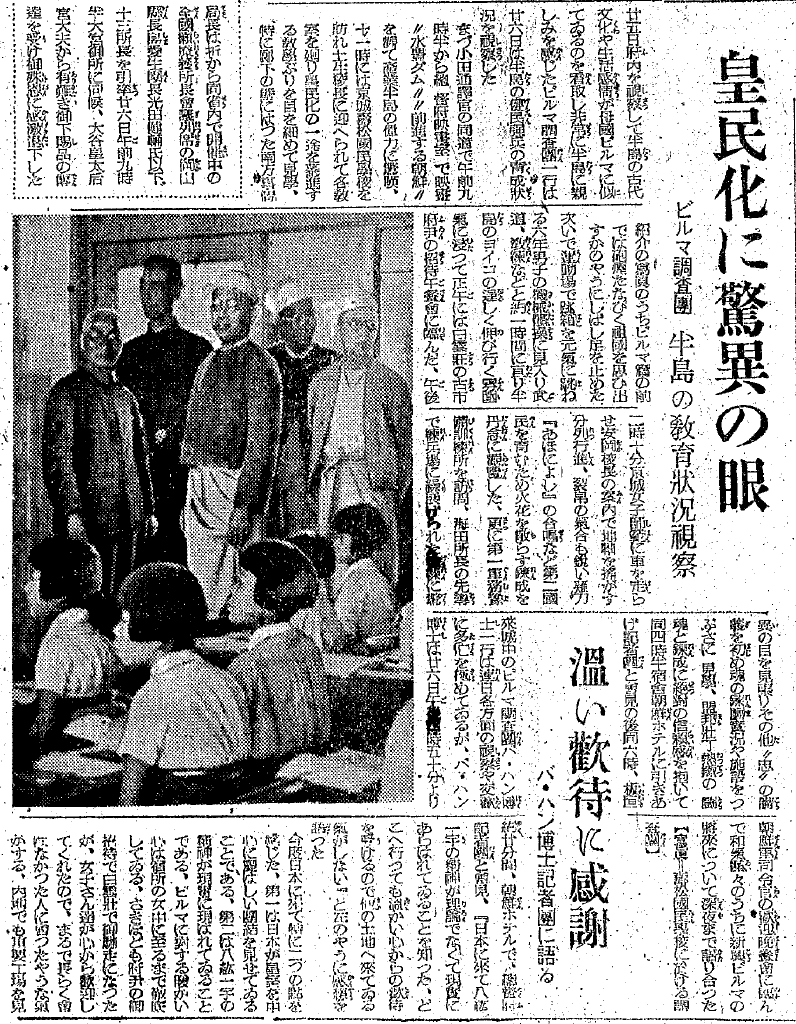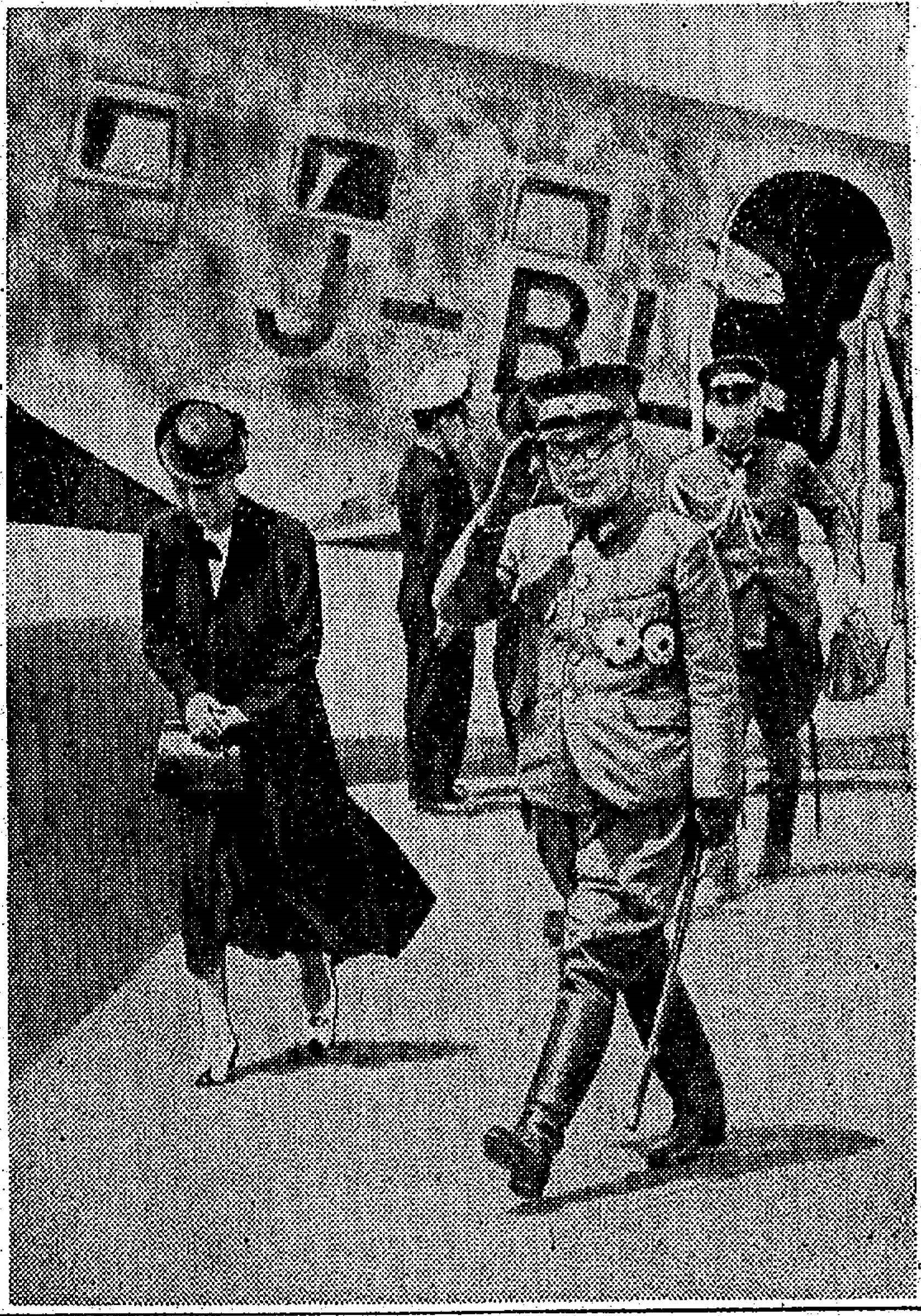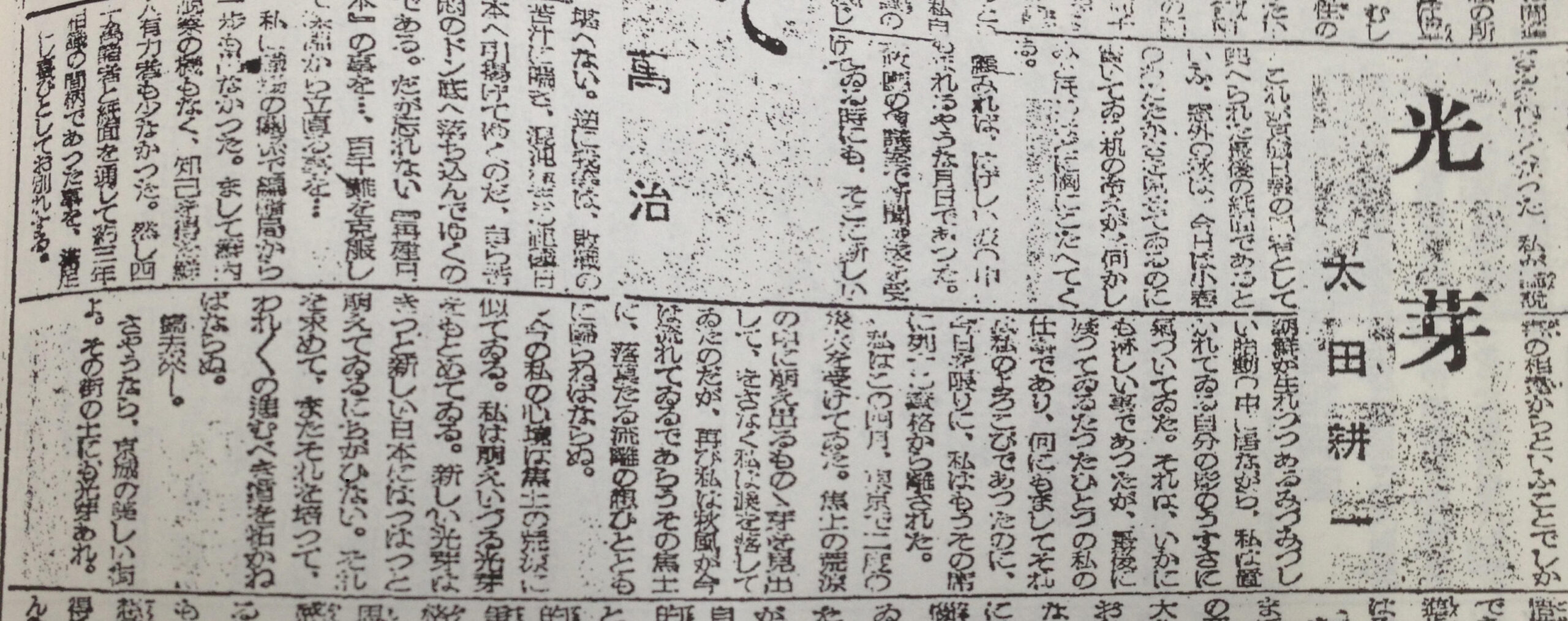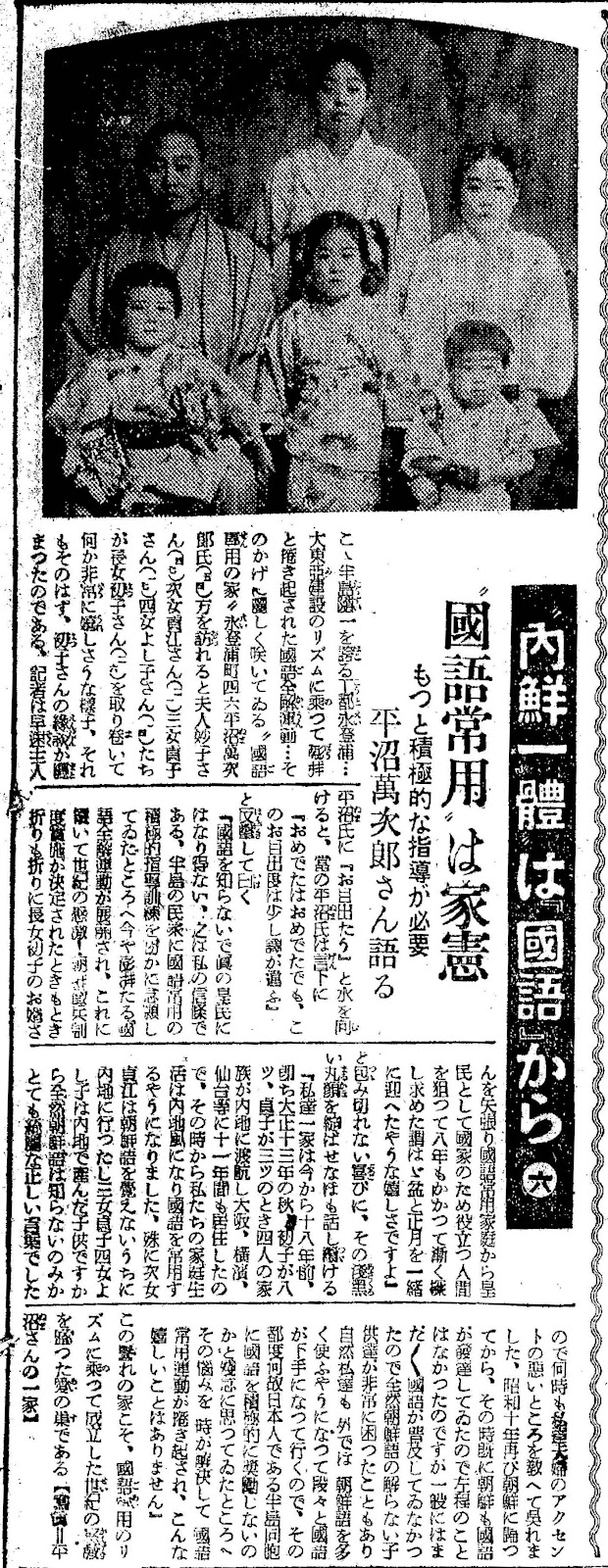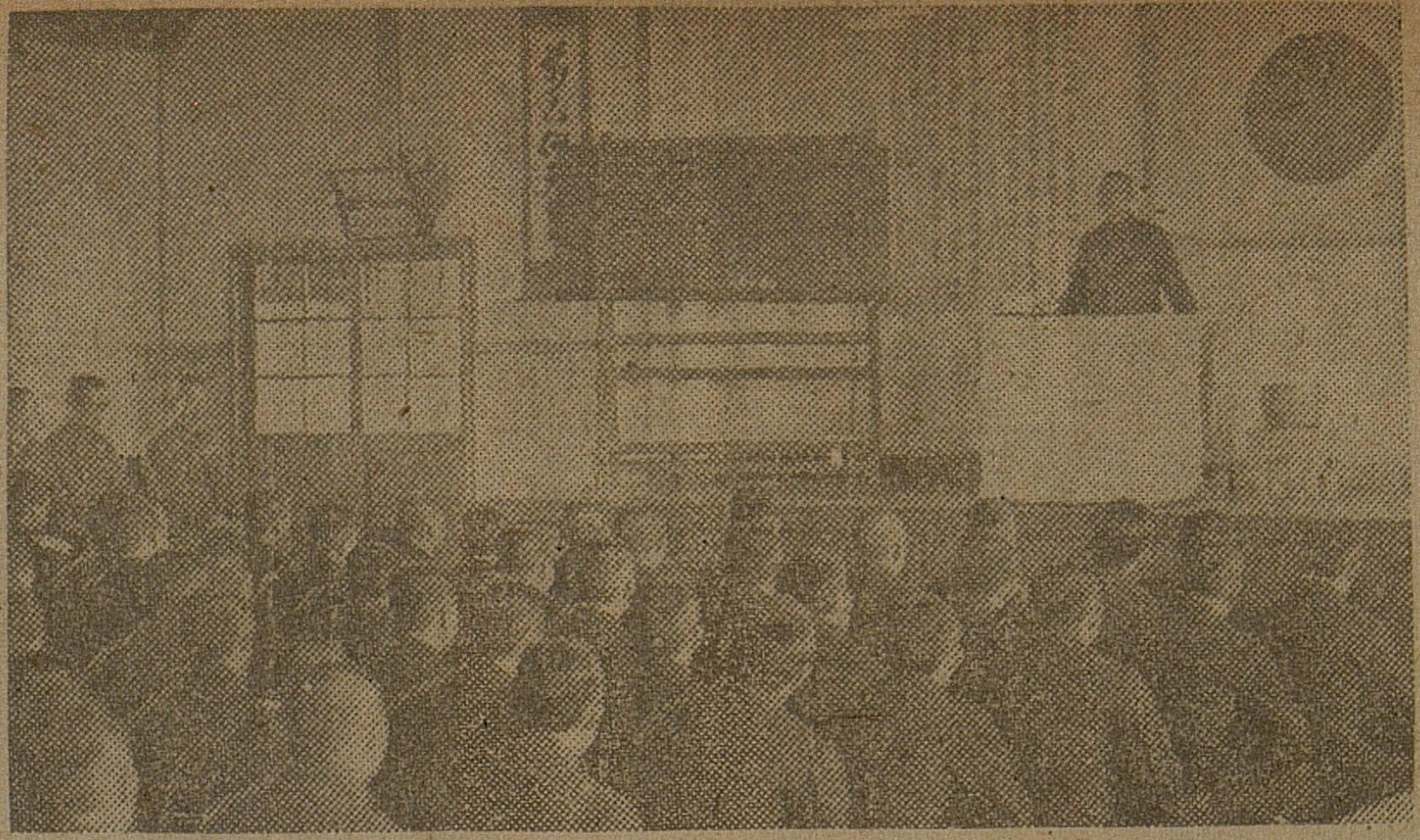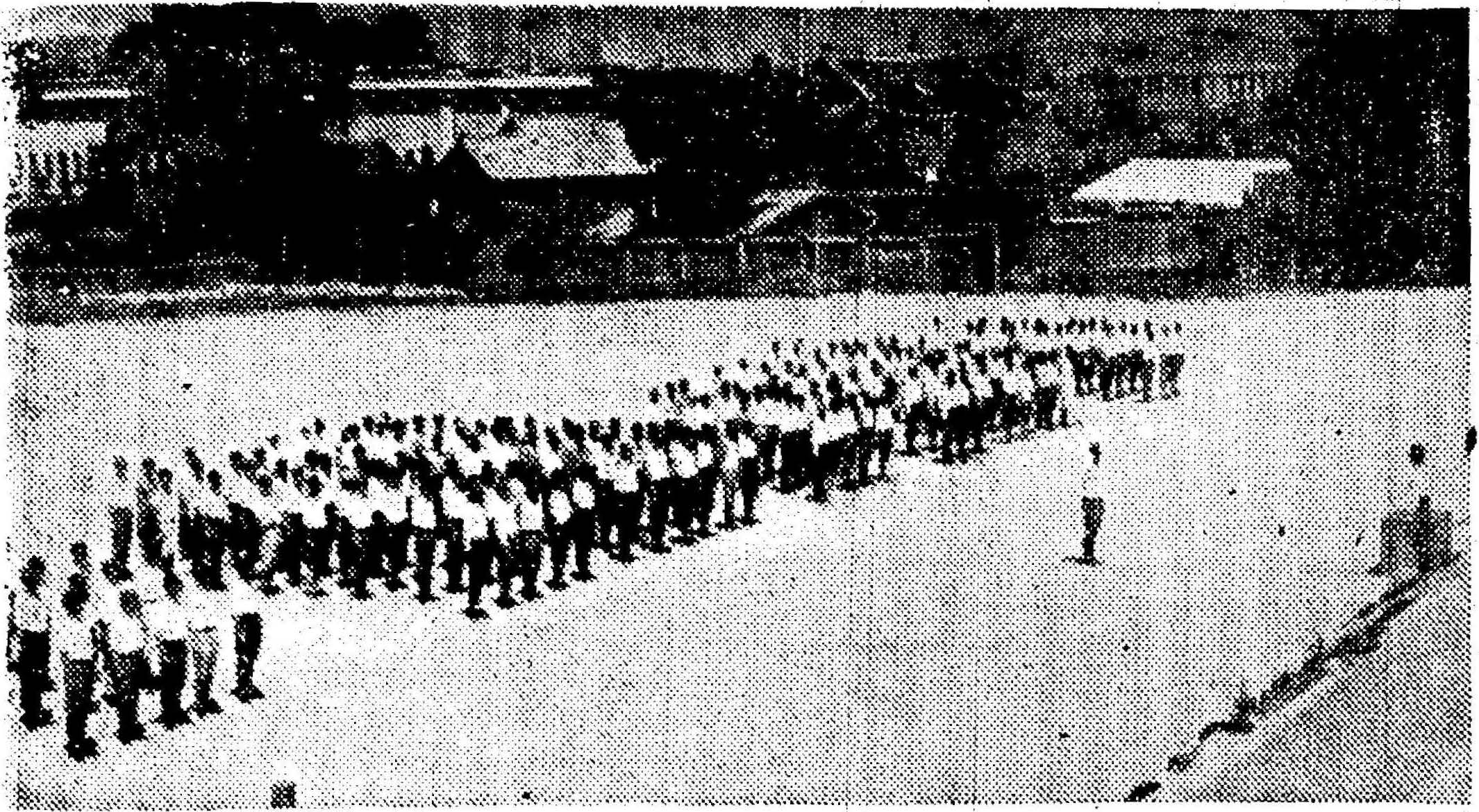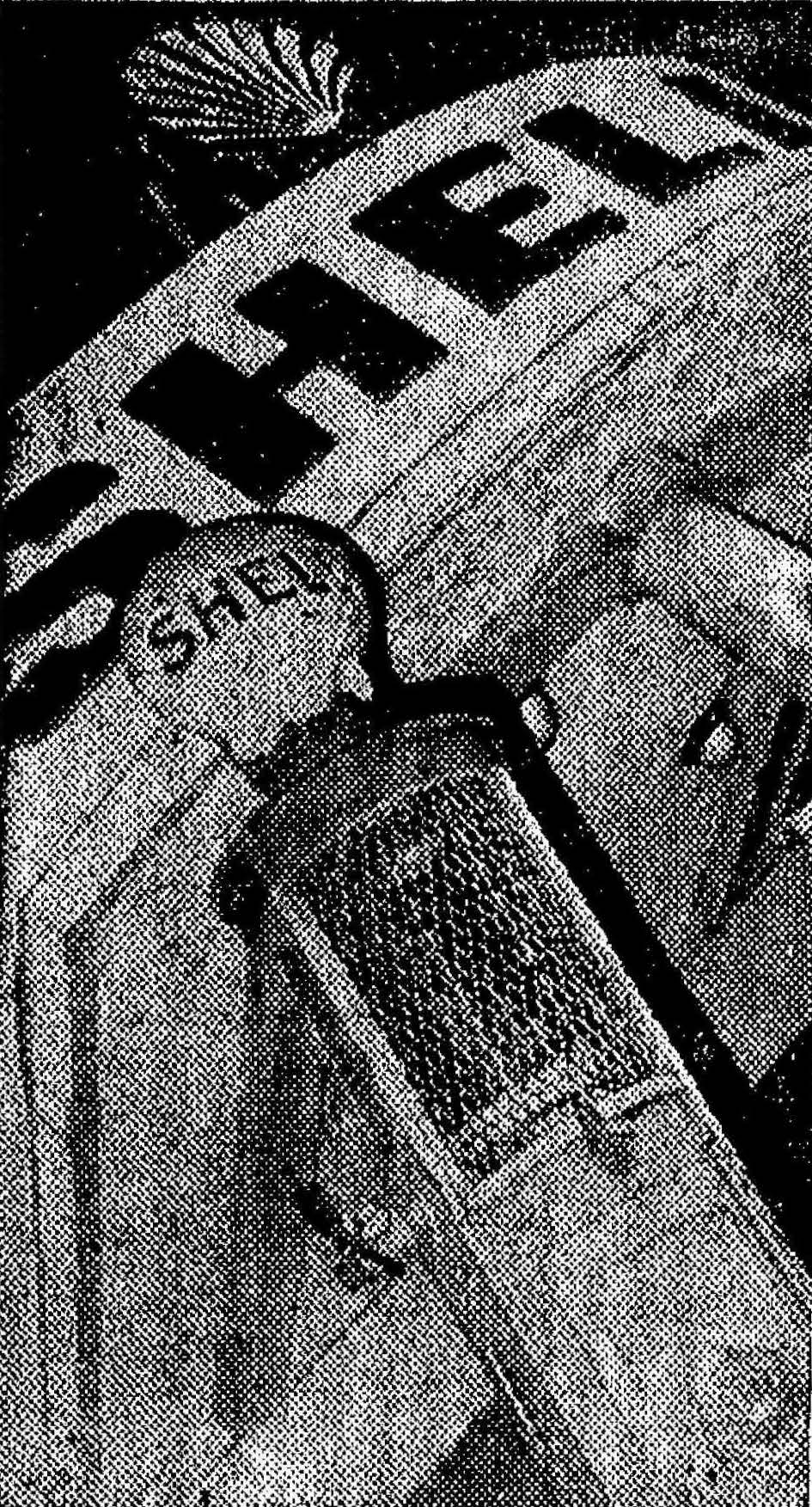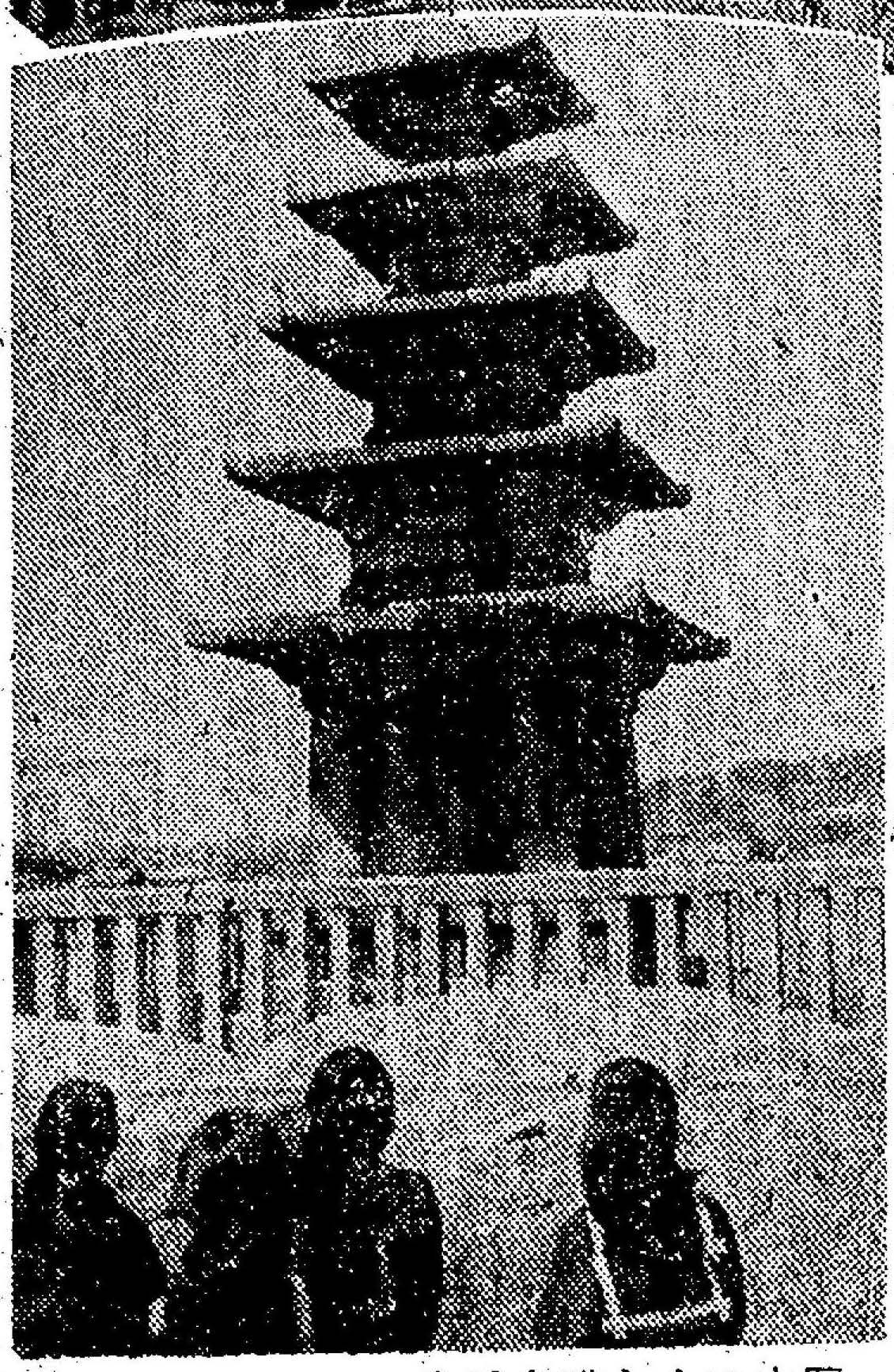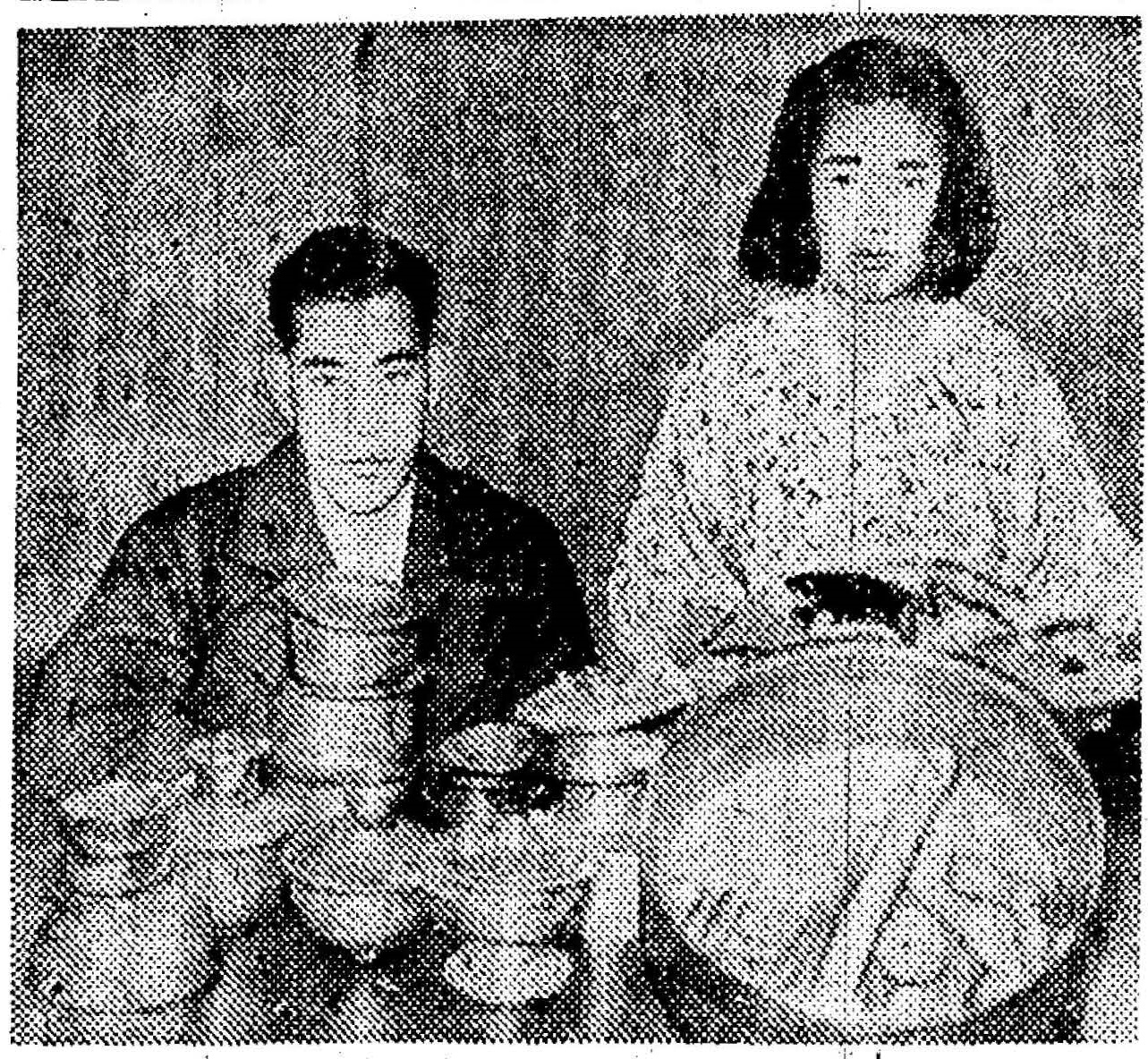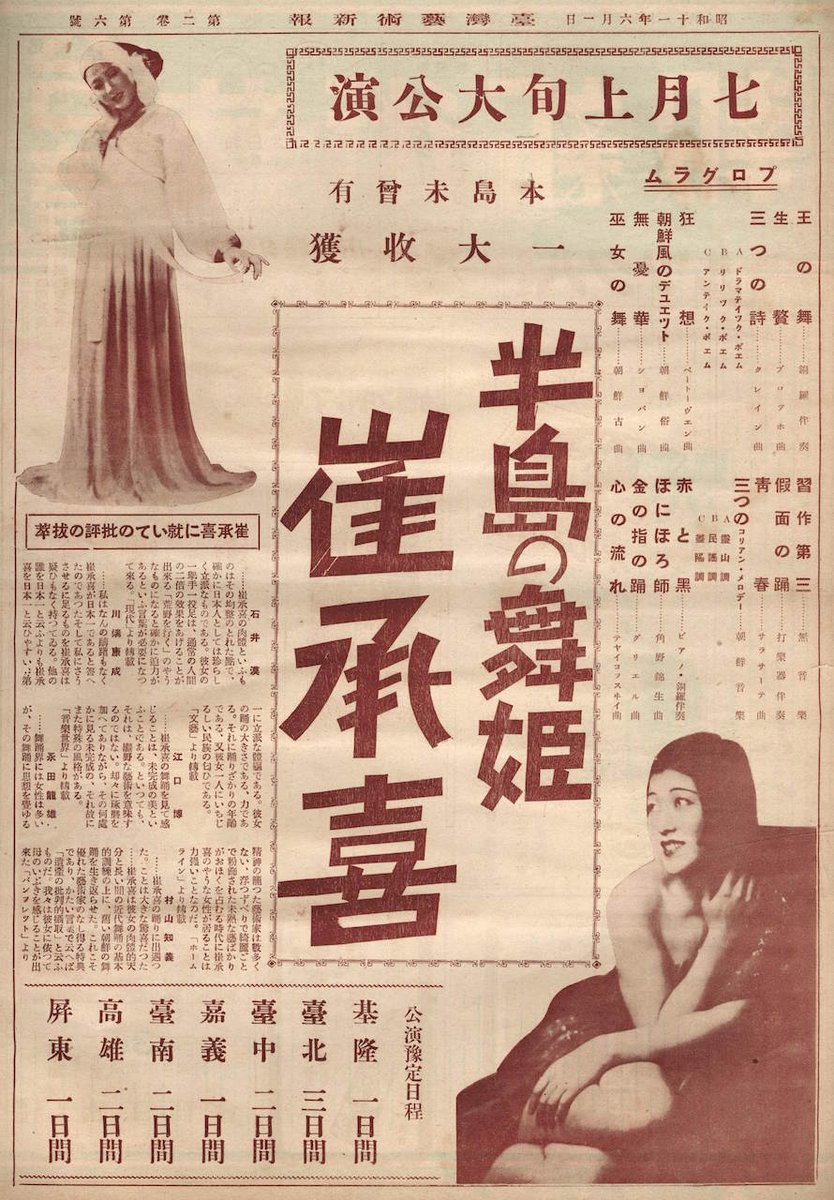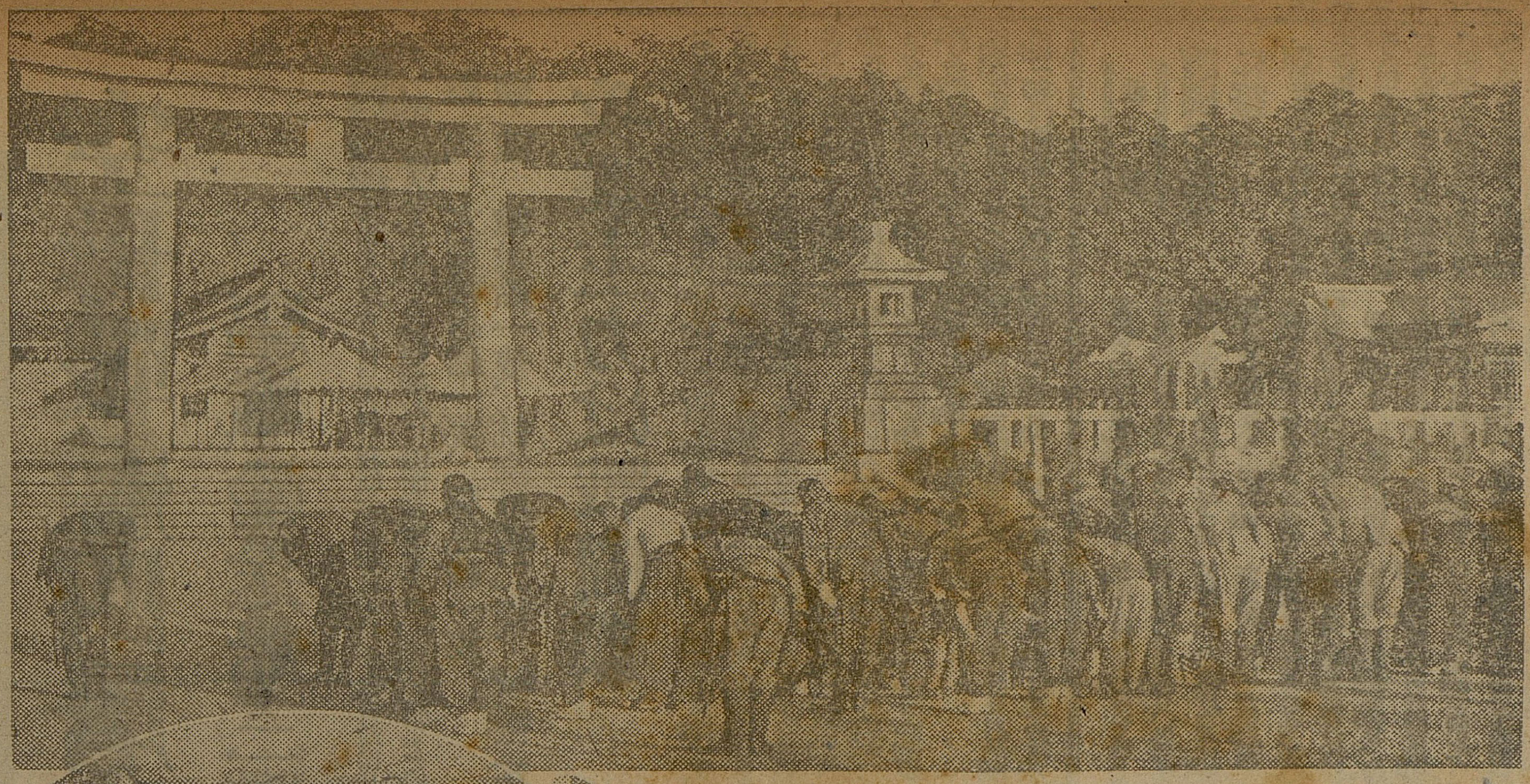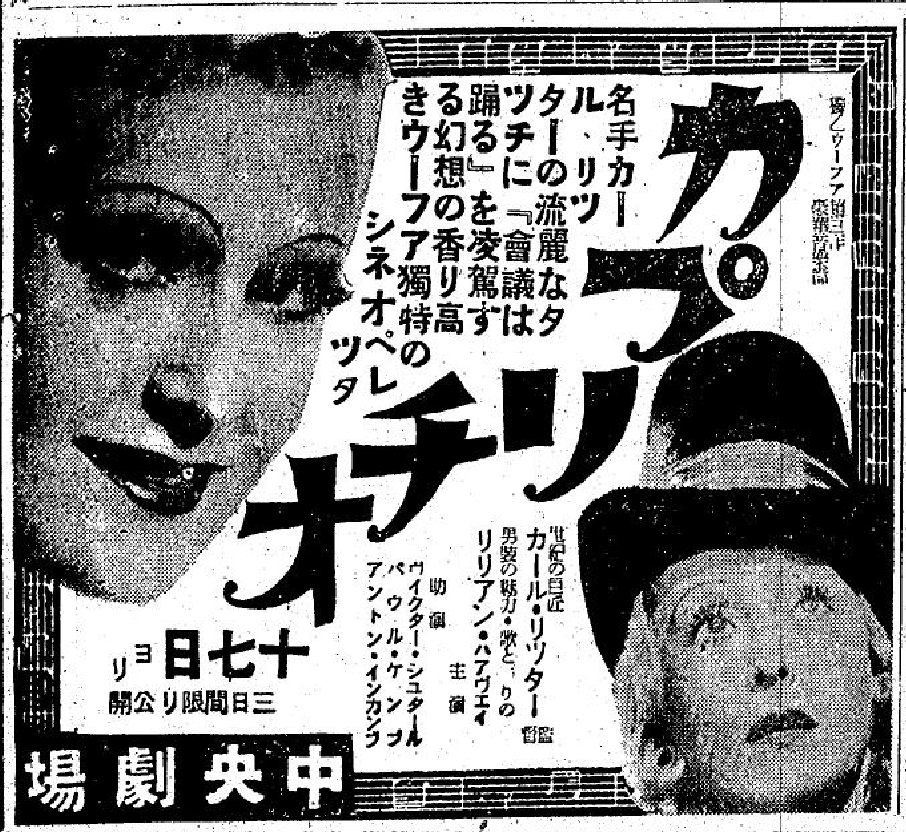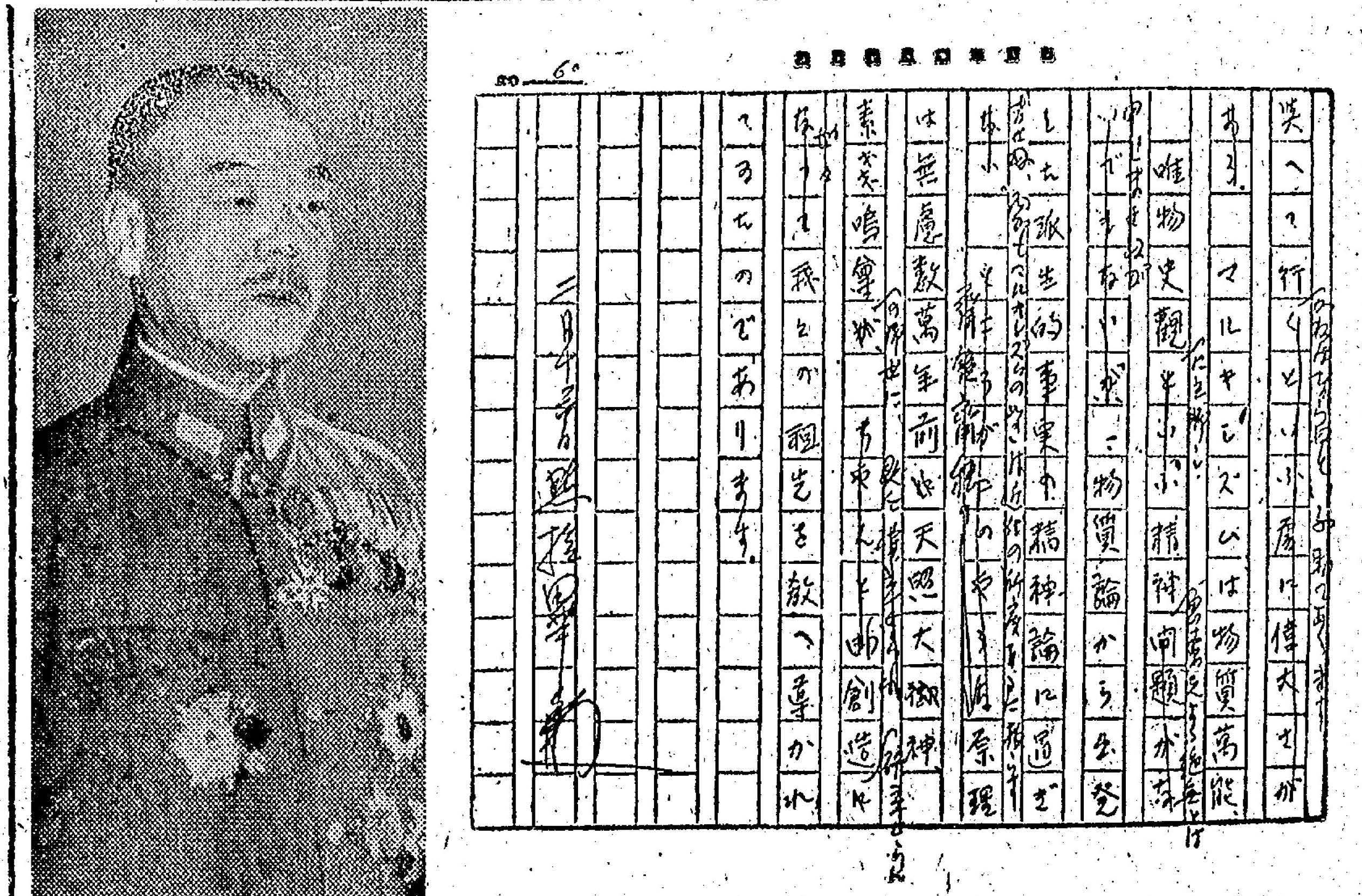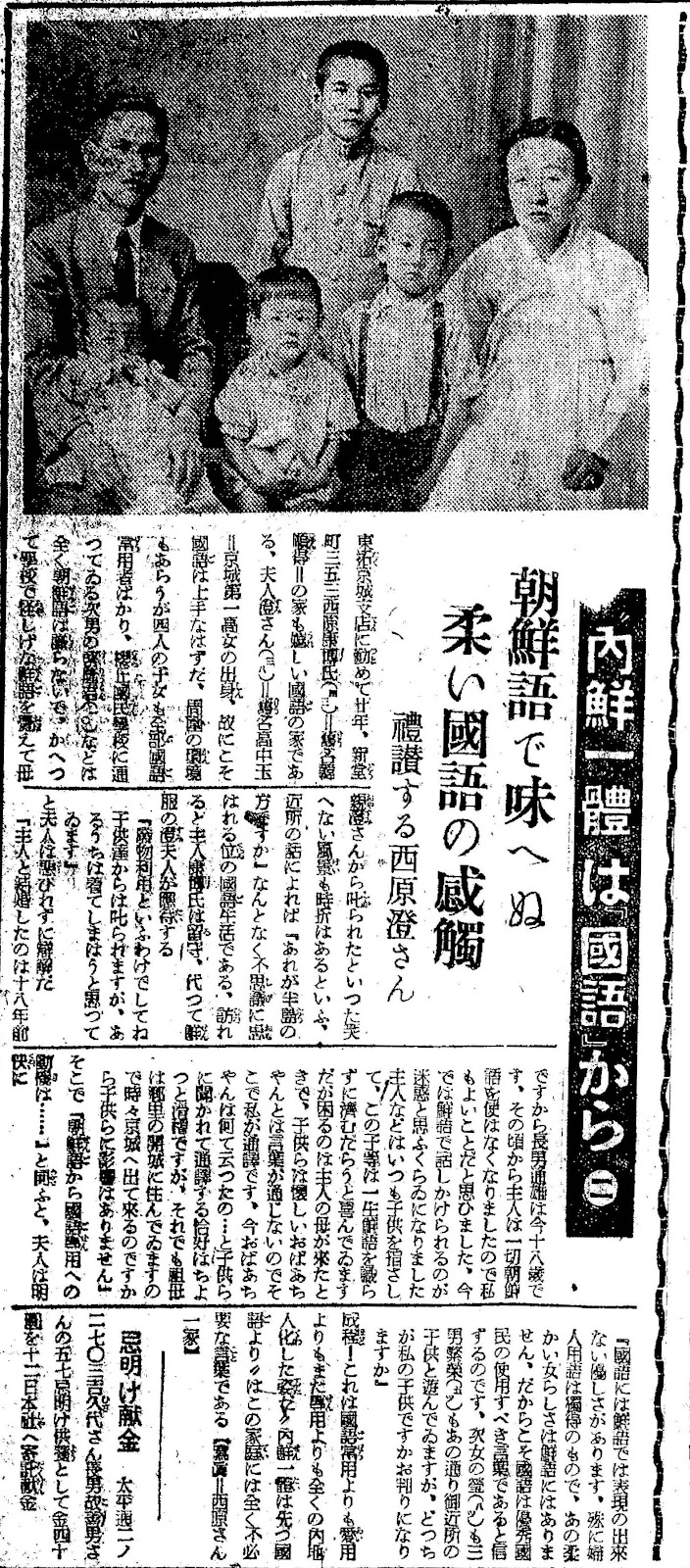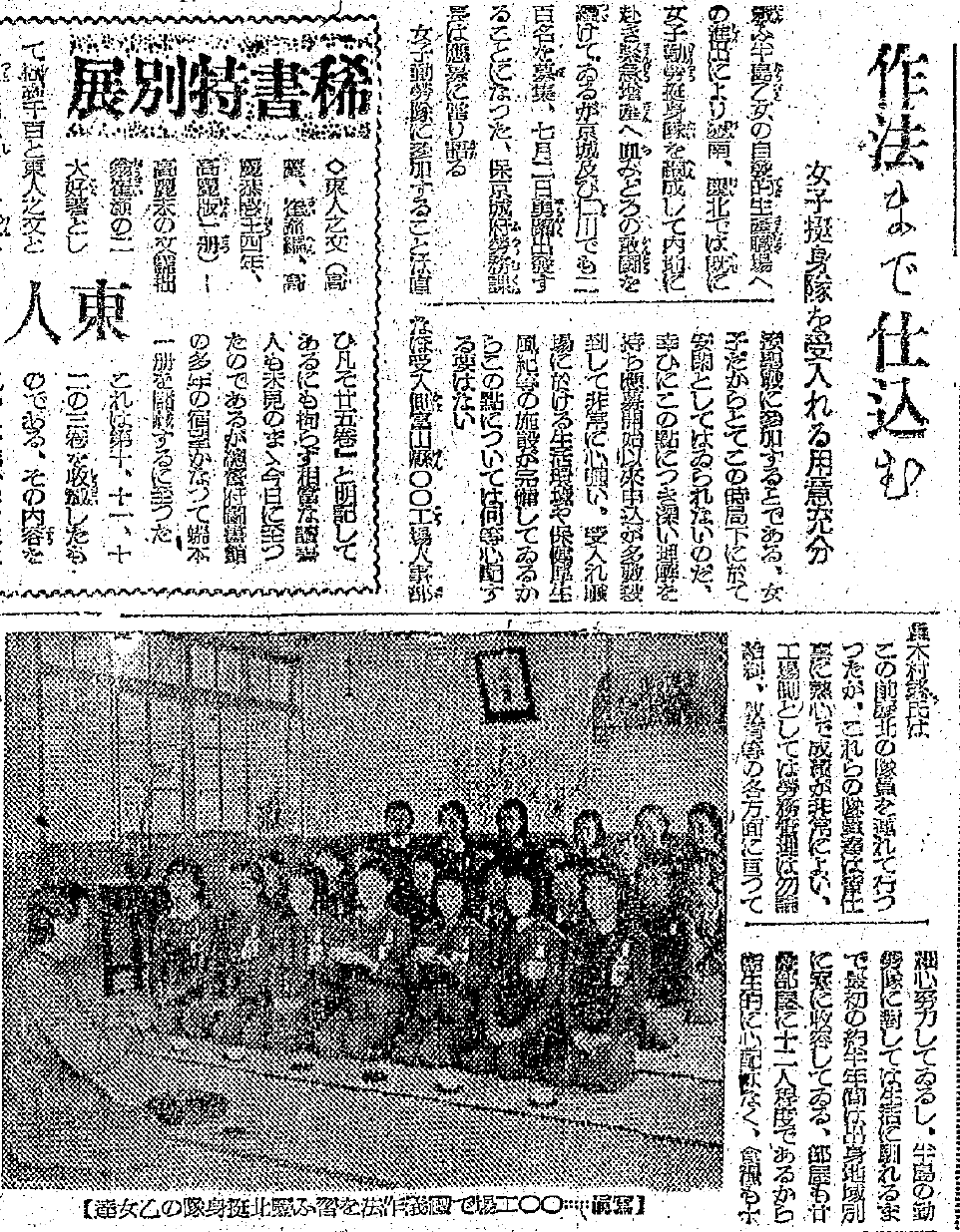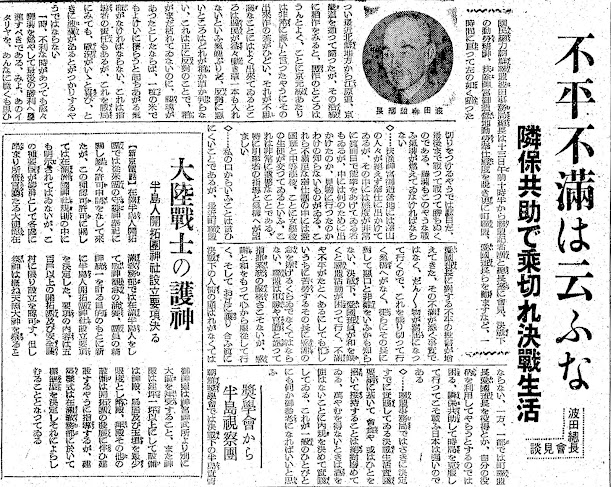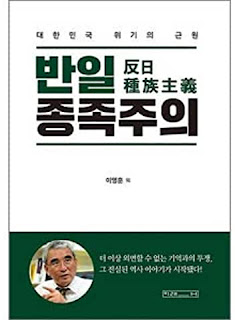
Book review of Anti-Japan Tribalism (반일종족주의, 反日種族主義), co-author Lee Woo-yeon (이우연) of the fringe ‘End Comfort Women Fraud’ group – a hit piece written by far-right Korean conservatives to attack anti-Japanese attitudes of their political opponents, distorts the historical narrative for this purpose
As some of you may know, in late June, a small fringe group of 3 Korean far-right activists Joo Ok-soon (주옥순), Lee Woo-yeon (이우연), and Kim Byeong-heon (김병헌) flew all the way from South Korea to Germany just to protest against the Comfort Woman statue in Berlin. Earlier, I explored their political and financial connections with Korean and Japanese conservative groups and their loyal online support base among the far-right Japanese community.
I recently bought and read the official Japanese translation of Anti-Japan Tribalism (반일종족주의, 反日種族主義), which Lee Woo-yeon wrote as one of the six main authors, because I was curious as to what Lee Woo-yeon and his colleagues had to say about the troubling aspects of Imperial Japanese colonial rule over Korea that I have covered so far in the old news articles that I translated and shared online.
TL;DR: This book is more of a hit piece against the authors’ political opponents, and it plays down or omits negative aspects of Imperial Japanese colonial rule as a way to paint anti-Japanese attitudes in South Korea as irrational and unreasonable. Don’t read if you are looking for a balanced treatment of the history of Japan-colonized Korea.
Lee Woo-yeon is described as a founding member and co-chair of End Comfort Women Fraud, senior researcher at Nakseongdae Institute for Economic Research.
In the preface, it is revealed that this book is a compilation of discussions that were broadcast on Youtube by the Syngman Rhee Academy. As if to anticipate questions as to why such a pro-Japanese book would be released by an academy named after a Korean leader who had a reputation for being so anti-Japanese, the authors explain that, while they revere Syngman Rhee and his embrace of liberal democratic ideas, they strive to overcome the ‘negative aspects’ of his legacy, including his anti-Japanese attitudes. They claim to respect academic integrity, correcting mistakes in their work as soon as they are recognized. But as I explain below, I have many reasons to doubt the academic integrity of this book.
The prologue is entitled “a country of lies”, where they paint a dark picture of present-day South Korea as a country where truth doesn’t matter and groupthink rules the day, especially in the courts, the schools, and in political life. The epilogue is even darker, describing how, in 2017, South Korean historians began to call for the word ‘liberal’ in ‘liberal democracy’ to be struck out from the constitution. This ‘awakened’ the author and made him realize that his fellow South Korean citizens were ‘aliens’ or ‘heretics’ who were allegedly planning to overturn true democracy and unify South Korea with North Korea under the North’s false democracy. The authors see it as their life mission to combat anti-Japan tribalism in South Korea to prevent this from ever happening.
As I read the first few chapters, I began to realize that the authors wrote this book more as a vehicle to attack their political opponents in South Korea. Everything else in this book is subordinate to this overarching goal of this book to make their political opponents look bad. It seems to me that the authors were not that interested in providing a critical perspective into the colonial period of Korean history. Rather, they appear to be trying to counter what they see as the excessively anti-Japanese attitudes of South Koreans, by bathing them with glowingly positive narratives of Imperial Japanese history, while deliberately de-emphasizing the negative aspects of Imperial Japan. A good illustration of this approach is to be found in Chapter 9, which covers the issue of reparations:
“I would like to begin by stating that there is nothing in particular that Korea can claim from Japan. In the past, if Korea had been able to claim compensation for colonial damage during the negotiation of claims, it could have claimed a large sum of money. For example, during the March 1st Independence Movement, many Koreans were killed in the arson attack at the Jeamni Church. Korean language scholars were unjustly detained and tortured in the Korean Language Institute incident at the end of the colonial period. They were also forced to give up rice during the war, and the Conscription Order and Draft Order were also invoked. Thus, there were more than one or two unjust damages under colonial rule. If compensation were to be paid for these damages, it would be an enormous amount. However, there is no such thing as reparations for the damage caused by colonial rule in international law or international relations. Even if Korea had tried to receive reparations, it could not have done so. That is because of the postwar settlement treaty of the Pacific War, namely the San Francisco Treaty, a peace treaty between the Allied Powers and Japan signed in September 1951.”
A footnote to the same paragraph says the following:
“A case in which 33 members of the Korean Language Society, who had been working on a proposal for the unification of Hangul orthography, an assessment of a standard Korean language, and the compilation of a Korean dictionary, were arrested and imprisoned from 1942 to 1943 on charges of violating the Public Security Law. The reason for the arrests was that the study of the Korean language was an attempt to resist Imperialization policy and to uplift the Korean ethnic spirit and independence movement. Some of those arrested died in prison.”
Imperialization refers to the forced assimilation of Koreans into ‘true Japanese people’. This is as close as this book gets to acknowledging anything negative about the colonial regime. Indeed, the omissions of this book are glaring. Searches for key terms like 皇道 (Imperial Way), 錬成 (a commonly used word in the colonial period to refer to the ‘training’ of Koreans to become Japanese), 思想犯 (ideological criminals), 愛国班 (patriotic cells, or the neighborhood cells which executed the directives of the ruling party at the grass roots local level), or even the names of key Governors-General like Koiso (小磯) yield no results. There are no mentions of the Shinto worship rituals that Koreans were forced to perform regularly, mandatory Japanese language instruction that went so far as to have government officials entering Koreans’ homes sticking bilingual labels on everyday objects, or young girls rounded up and placed into internment camps to be Japanized and married off to Imperial soldiers. These topics receive no coverage in this book, because the purpose of this book is not an honest inquiry into the root causes of the anti-Japanese attitudes of Koreans, but rather a deliberate attempt to delegitimize them as irrational and unreasonable.
To illustrate the ridiculousness of these omissions, imagine a book about anti-German sentiment in Europe and Nazi-German rule that has no mention whatsoever of Hitler, the National Socialist ideology, the Nazi Party, or the persecution of dissidents. Such a book could not be taken seriously as a serious work on the history of Nazi Germany.
The first three chapters of the book are an exercise in denial, filled with ‘this never happened, that never happened’ arguments. The first chapter covers the 12-volume novel Arirang by Jo Jung-rae, and points out its alleged historical inaccuracies, including massacres which allegedly never happened. The second chapter covers colonial land seizures, which allegedly never happened. Instead, the harmless, mundane land surveying activities of the Imperial Japanese surveyors were purportedly misunderstood by superstitious Korean peasants to be something nefarious.
In contrast, this mainstream Japanese academic paper confirms that land seizures did indeed happen, as this was how Japanese landlords were able to amass large tracts of land in Korea in the first place. (https://doi.org/10.15017/22242)
The third chapter covers rice seizures, which were allegedly not seizures, but just exports. Korean rice farmers were left eating chestnuts after exporting their rice to mainland Japan, but the authors insist that this didn’t mean that their standard of living had decreased. The authors blame the persistent poverty of the Korean rice farmers on their low agricultural productivity and the concentration of the profits among the most productive farmers, who happened to be the large landholders. I didn’t find this argument to be convincing, since colonial systems all over the world have been known to export grains to their home countries while impoverishing the small farmers, and Japan-colonized Korea was no different.
The fourth chapter explains that Imperial Japan pursued a policy of assimilation by integrating its currency, markets, and legal system with mainland Japan. It has graphs painting a rosy picture: the upward trajectory of gross national income and number of companies in Korea, the share of forestry and agriculture in the Korean economy steadily declining in a downward trajectory, and the service sector steadily expanding from 1910 to 2014. This chapter includes a passage includes a mildly negative comment about Imperial Japan, but quickly corrects itself to wage a defense of the colonial system:
“Japan forcibly took away the sovereignty of the former government of the Yi Dynasty, and ruled it as a colony. It can be said that Japan literally ‘robbed’ a country of its sovereignty. The Japanese Imperialists are to be criticized in this very respect, and we do not think they can be absolved of responsibility. However, the textbooks describe it as if the Japanese Imperialists had violated the property rights of individuals and ‘robbed’ Koreans of their land and food at random, which is not true. In real life at the time, there were probably countless times when the Japanese discriminated against Koreans, but they did not systematically formalize discrimination between ethnic groups. The Korean economy at that time was basically a market system of free trade, and the Civil Code and other laws were enforced to protect individual property rights without distinction between Koreans and Japanese. If ‘deprivation’ had been routine and ‘discrimination’ had been formalized, then colonial rule itself would have been impossible due to the opposition of the Korean people.”
I beg to disagree. Discrimination against Koreans was real. As one example, unlike Japanese people in mainland Japan, Koreans in Korea were required to perform the 7 a.m. Kyūjō Yōhai ritual (宮城遥拝), which involved bowing several times in the direction of the Imperial Palace in Tokyo while standing. They were required to perform a noon prayer, a moment of silence in honor of Imperial Japanese soldiers. If Koreans weren’t robbed of their land, how were the big Japanese landowners able to amass their vast land properties? The Korean economy at the time was not a market system of free trade, but rather a colonial market system which was rigged to enrich the home country.
The sixth chapter about higher death rates among Korean miners than among Japanese miners rationalized it by attributing it not to ethnic discrimination, but to the dynamics of labor demand and labor supply. The seventh chapter about the wage gap between Koreans and Japanese simply rationalizes it by attributing it to things like differences in education and training, being single versus having families to support, and savings rates.
This claim can be rebutted by looking into two statistical yearbooks published by the government of Japan-occupied Korea, one for 1940 and another for 1942. You can google 朝鮮総督府統計年表 and the first two search results will link to the digital scans of the yearbooks. There are sections showing the wages and salaries of workers broken down by ethnicity, and for every single occupation in every city, the wages for Japanese workers are higher than the wages for Korean workers. A Japanese teacher in Daegu related that her Korean colleagues who were at the school longer had lower salaries than she did.
Over three chapters of the book are devoted to the topic of comfort women, adding nothing new to the discussion other than old talking points that are commonly used by far-right historical denialists. They also question the oral testimony of the comfort women, albeit in a tone that is slightly more deferential than the more insulting tone that is commonly used online on far-right Japanese forums:
“Historians learned that memories cannot remain consistent as interviews are repeated. Because it was so long ago, memories can fade, sequences of events can be confused, and in the meantime, new memories can be created. Above all, it is important to keep in mind that the act of memory itself can be politicized through interaction with those who hear the memories.
Many such issues were exposed in the testimonies of former comfort women. One woman testified that she was caught by the Japanese military in front of a railroad and taken to China, and that there were many women and soldiers on the train. However, the first testimony this woman gave was different from that story. She said that her stepfather had sold her and that she hated him more than the Japanese military. It is not difficult to explain why her testimony changed. When she said that her stepfather sold her, her listeners were not very interested or even advised her not to tell such a story. When this happens, the political treatment can vary greatly.”
I still don’t understand how one can leap from alleging inconsistencies in a sex abuse victim’s testimony to denying outright that the sex abuse ever happened, and that she was just making it up for political purposes or personal gain, given all that we scientifically know about what trauma does to people.
To summarize, this book is not to be read as a factual book about history. Rather, it should read more as a propaganda hit piece written by far-right Korean conservatives to attack their political opponents. As an outsider, I personally found this book to be a fascinating glimpse into the mind of the far-right Korean conservative, since I had never read anything like this before. I was intrigued and shocked by the viciousness of the authors’ attitudes toward fellow Koreans. I was reminded of the intensely political divisions in the US, where Trump supporters are known to have used inflammatory language like, ‘liberals are sick demons who love killing babies with abortion, covid vaccines, and baby formula shortages’. Indeed, many Trump supporters are so filled with hate against their ‘liberal’ fellow Americans, that they are willing to collaborate with the Russian government and President Putin. Seriously, is South Korea also this politically divided? Are South Korean conservatives so filled with hate against South Korean liberals, that they are willing to collaborate with far-right Japanese politicians?
Note: I personally prepared the English translations of the book excerpts from the official Japanese translation of the original Korean text, as there is no English translation of this book yet.
